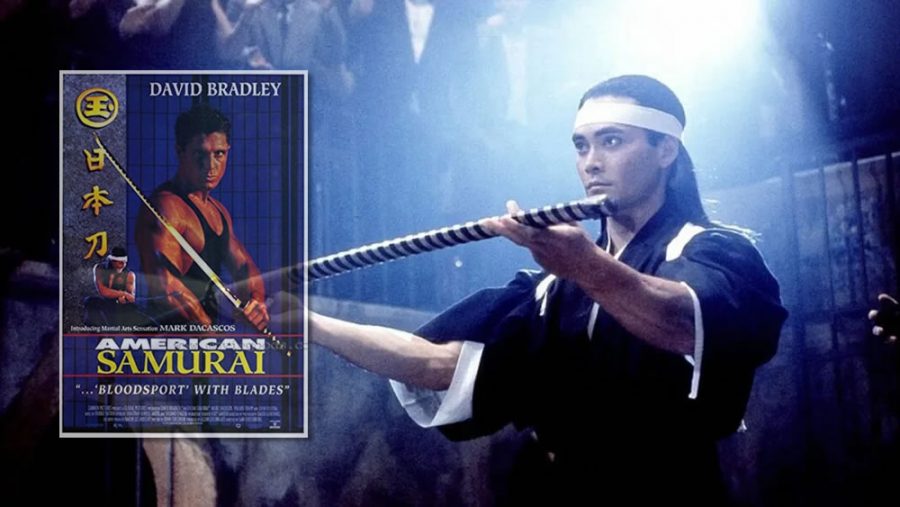
Американский кинорежиссер Сэм Фёрстенберг за свою карьеру снял несколько фильмов, которые несомненно оставили след в истории боевого кинематографа. В 80-90х годах, когда был пик популяризации азиатских видов боевых искусств Фёрстенберг отснял целую серию фильмов о ниндзя и самураях. Первым из таких фильмов был "Месть ниндзя" (1983), в котором впервые масштабно проявил себя Сё Косуги, ставший в последствии иконой ниндзя-фильмов. Он также снимался в следующем боевике Фёрстенберга - "Ниндзя 3: Дух ниндзя" (1984). А состоящая из пяти фильмов франшиза "Американский ниндзя", можно сказать, построила карьеру Майкла Дудикоффа, не смотря на то, что Фёрстенберг работал только над первыми двумя частями. Но сегодня речь пойдет о боевике "Американский самурай" (American Samurai) 1992 года, который обзаведется режиссерской версией спустя 32 года после премьеры.
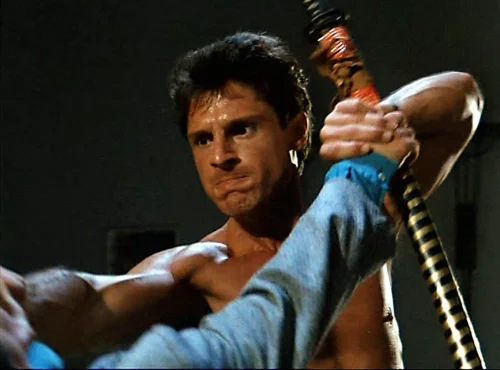
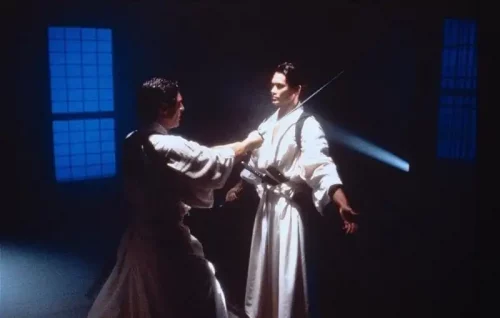
Как оказалось, "Американский самурай" увидел свет не в том виде, который был задуман изначально режиссером. В ряде интервью Сэм Фёрстенберг упомянул что фильм был сильно изменен продюсерским составом и потерял свою аутентичность. В частности, вот что он сказал в беседе с блогером Джоном М. Джерва:
Съемки и монтаж "Американского самурая" проводились в Израиле. Причиной тому было то, что у компании был студийный комплекс и монтажные установки именно там, что, вероятно, было финансово обоснованным. После того, как я закончил съемки и монтаж фильма, весь материал был отправлен в штаб-квартиру компании в Лос-Анджелесе. Я остался в Израиле, чтобы срежиссировать несколько эпизодов телесериала "Sweating Bullets" (также известного как "Тропическая жара"), который производился там. На тот момент компания не занималась производством и подготовкой какого-либо другого фильма и, судя по всему, им не оставалось ничего другого, как возиться с "American Samurai". Видимо, кому-то, обладающему полномочиями принимать решения, не понравилось то, что он увидел, и он захотел это изменить, поэтому без моего ведома они наняли монтажера, изменили порядок повествования и добавили в нее несколько новых сцен. По моему мнению, эти изменения и дополнения снижают общее качество, эффектность картины, и впечатление о ней, но в голливудском способе кинопроизводства продюсер является последней инстанцией и может делать со своим фильмом все, что он или она хочет. Несмотря на то, что этот опыт меня разочаровал, он не изменил моего подхода к режиссуре фильмов, я продолжал делать то, что считаю наиболее эффективным способом рассказывать захватывающие кинематографические истории.
Что касается сюжета "Американского самурая", Сэм добавил:
По моему мнению, в экшене с боевыми искусствами должен присутствовать элемент таинственности и напряжения, с некоторыми неизвестными моментами, которые раскрываются только в конце истории. Именно так был изначально структурирован сюжет фильма. Он начинался с загадочного сна, и только в конце раскрывались большие секреты героя и его врага. В новой монтажной версии сюжет был изменен так, чтобы он был полностью линейным, без таинственности и без секретов, раскрываемых в конце, и без возможности зрителя догадываться и добавлять свою интерпретацию ко всему происходящему. Это довольно детский способ повествования, но к счастью, основные бои и экшен-сцены не были затронуты, и остались такими, какими они были.
Стоит упомянуть что "American Samurai" - значимый проект в фильмографиях Дэвида Брэдли и особенно - Марка Дакаскоса. Брэдли к тому времени уже снялся в 3 и 4 частях "Американского ниндзя" и его карьера была в разгаре, а вот роль Кенджиро стала по-настоящему заметной для восходящей звезды боевого кино и будущего популяризатора капоэйры в "Только сильнейшие" (1993). В фильме также снялся великолепный актерский состав второго плана, занимающийся боевыми искусствами, в их числе Рон Врикен, Дион Лам и Энтони Сито.
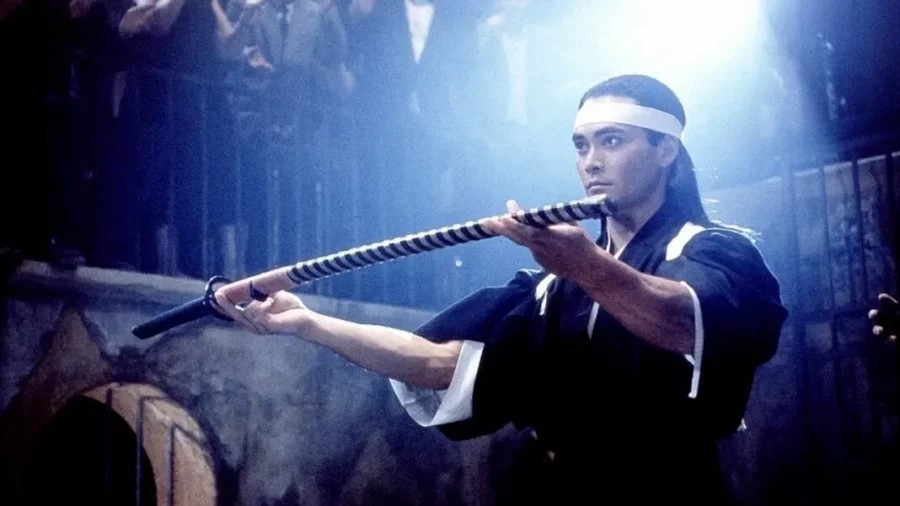
И вот, спустя 32 года Сэм Фёрстенберг решил вернуть фильм к изначальному виду. Вот такое объявление появилось на странице FB, заведенной специально под это дело:
Тридцать два года назад режиссер Сэм Фёрстенберг завершил фильм, который стал единственным в его карьере, получившим несправедливое отношение. Из-за вмешательства продюсеров распространенная версия фильма оказалась далека от того, что задумал режиссер. Были добавлены новые сцены, а последовательность существующих была изменена, что повлияло на сюжет. Теперь, тридцать два года спустя, фильм Сэма Фёрстенберга "Американский самурай" перемонтируется, чтобы включить в него всю аутентичную графику насилия в боях, удалить сцены, которые не были частью первоначальной постановки, а задуманные сцены поместить в надлежащие места. Порядок и последовательность выпрямлены, чтобы не только исправить основные проблемы непрерывности сюжета, но и поток решающих поединков и драматических моментов. Используя две разные версии фильма, монтажер Лайл Гудвин тесно сотрудничает с Сэмом Фёрстенбергом, чтобы, наконец, воплотить в жизнь для зрителей и фанатов первоначальное видение, которое не было реализовано тогда.
Дата выхода режиссерской версии "Американского самурая" еще не назначена, поскольку Гудман и Фёрстенберг все еще вносят в нее последние штрихи, но они выпустили специальный трейлер, который вы можете просмотреть ниже.
Новый трейлер боевика "Американский ниндзя"
Скорее всего, переиздание "Американского самурая" будет на Blu-ray, с дополнительными материалами. Что очень впору нашей новой рубрике. ;)
Метки: American Samurai, Ninja III: The Domination, Revenge of the Ninja, Дион Лам, Дэвид Брэдли, Майкл Дудикофф, Марк Дакаскос, Сё Косуги, Сэм Фёрстенберг, Энтони Сито



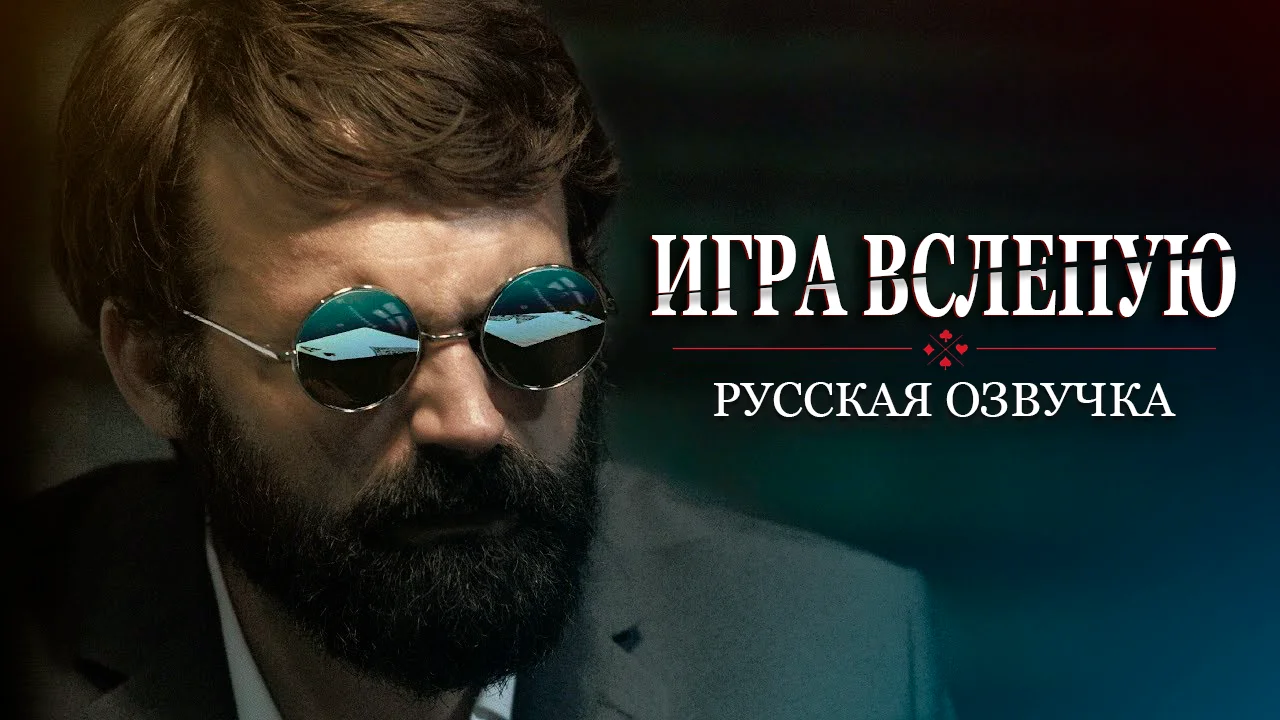
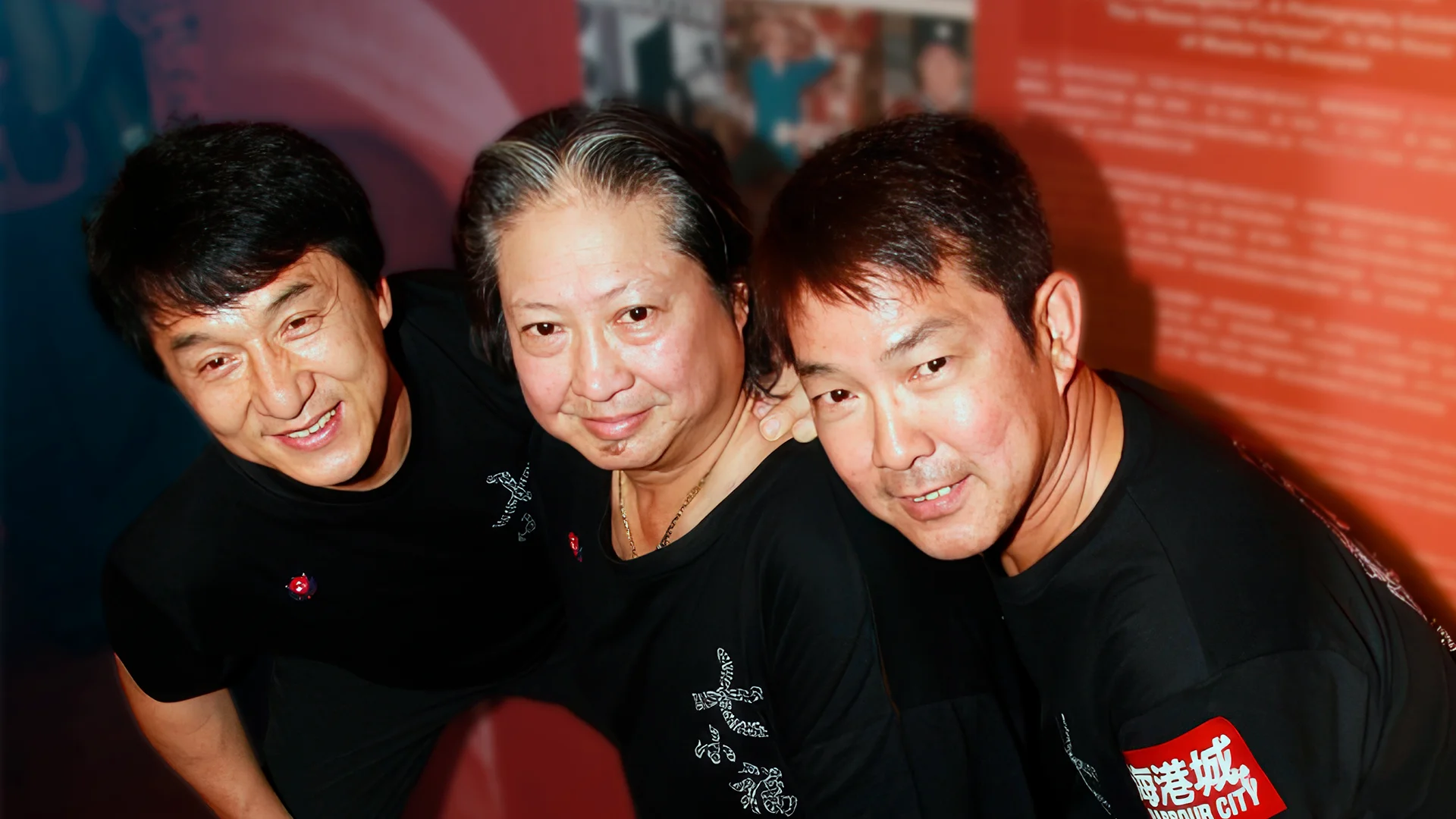
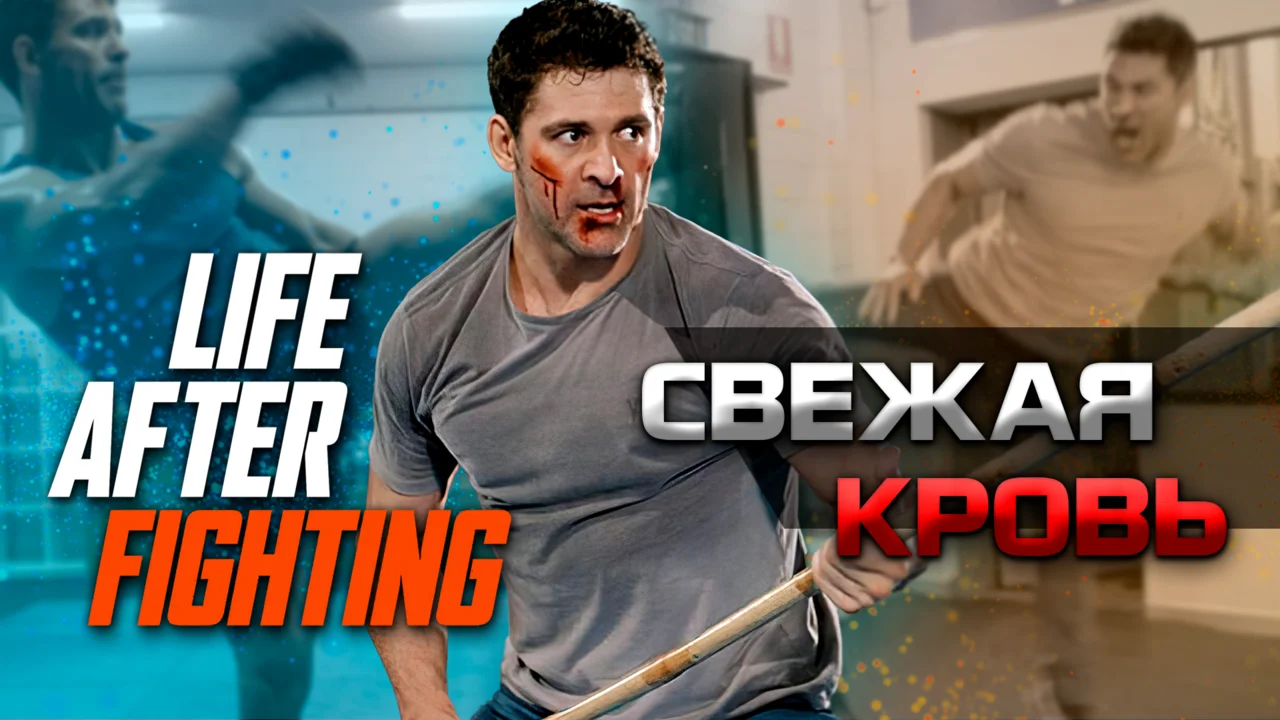
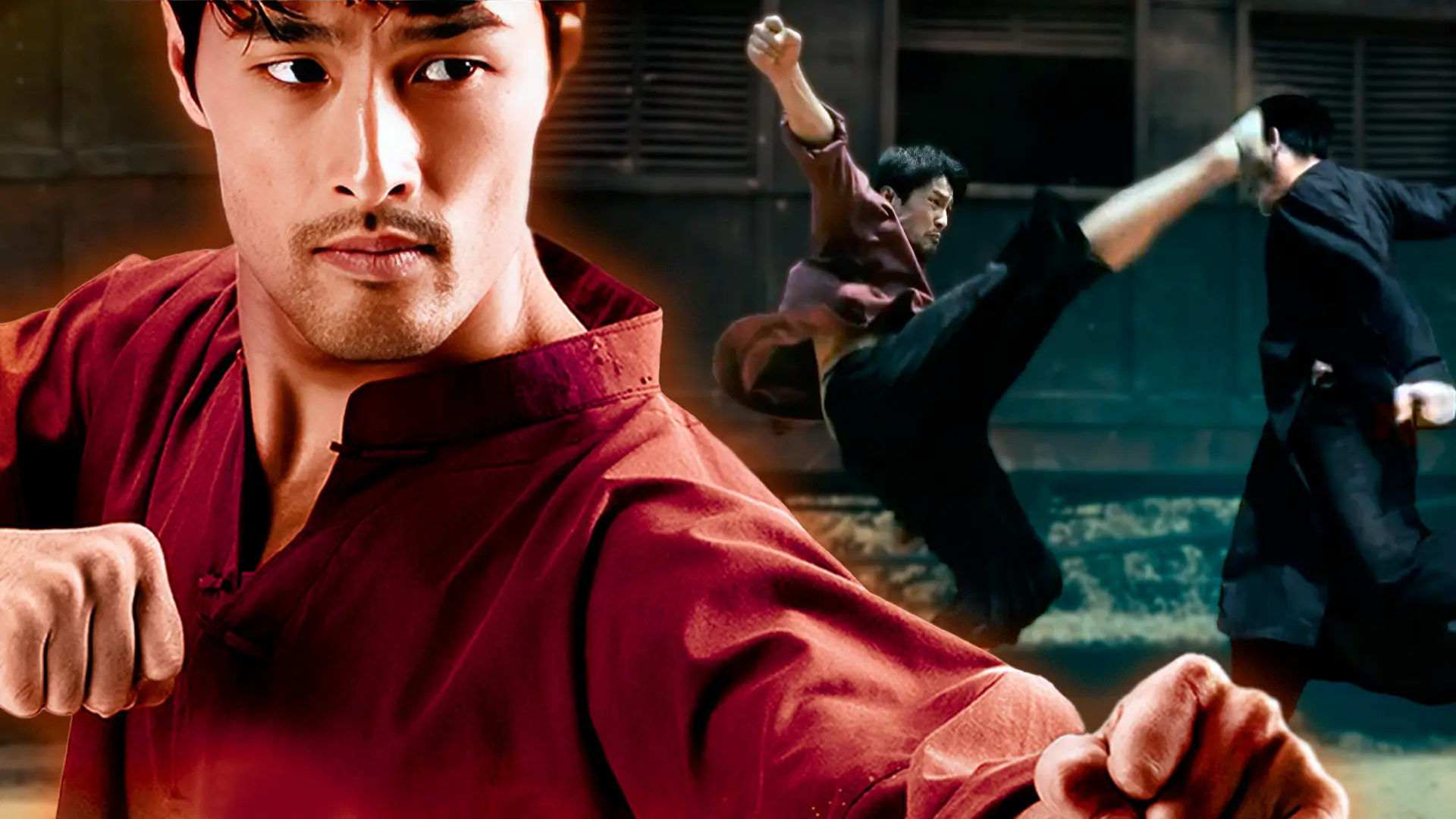
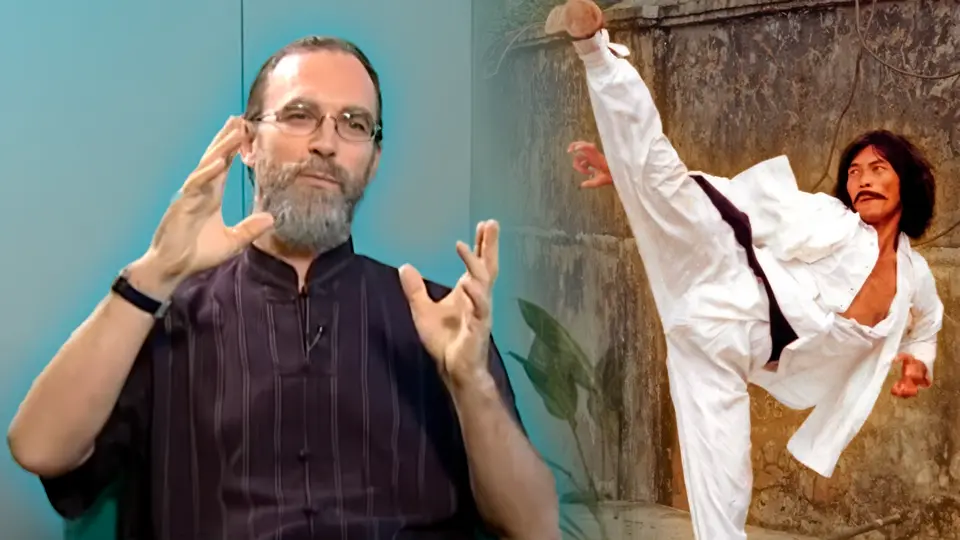
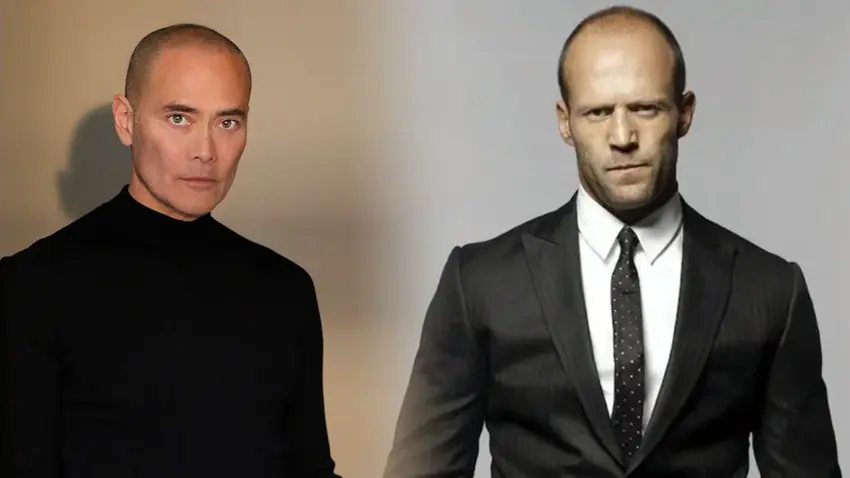
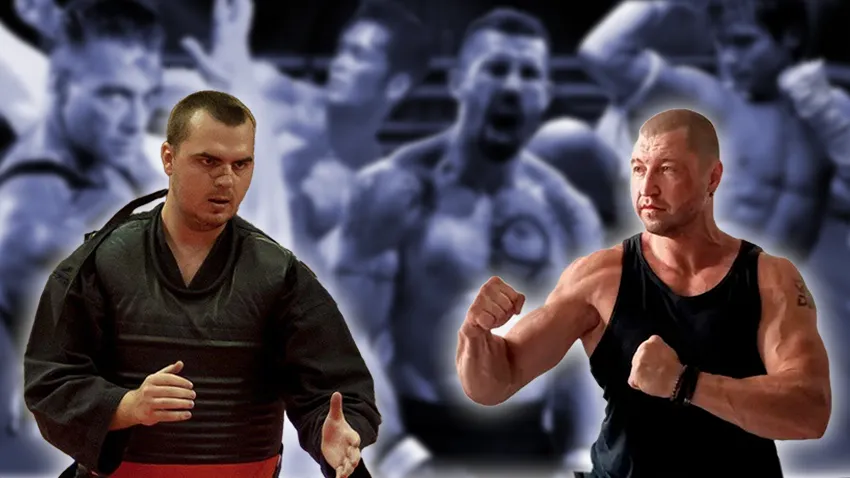
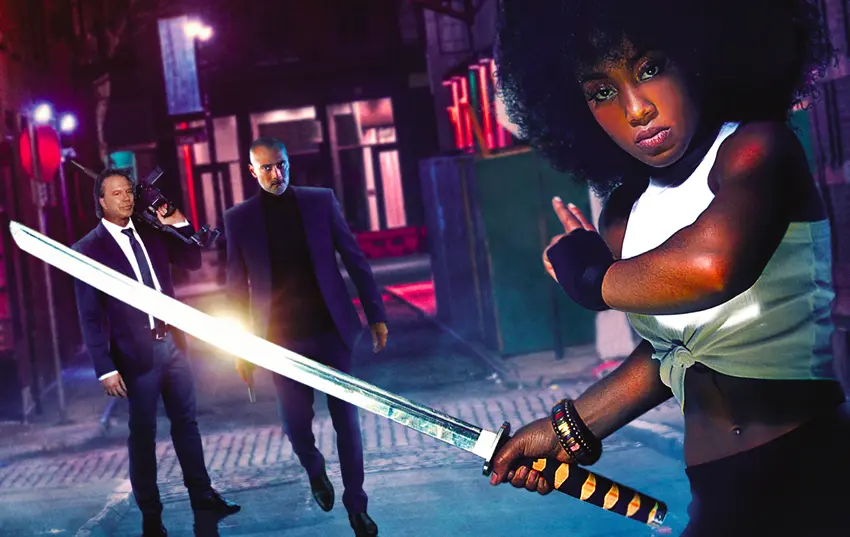
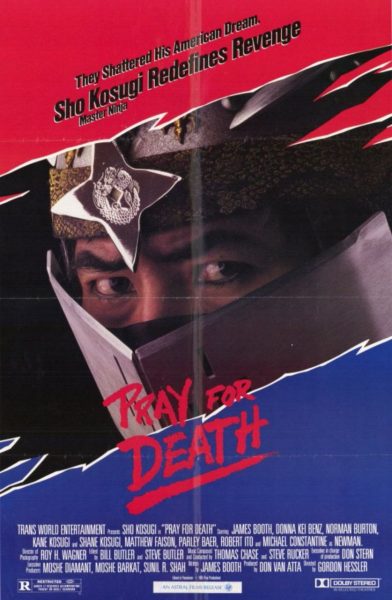
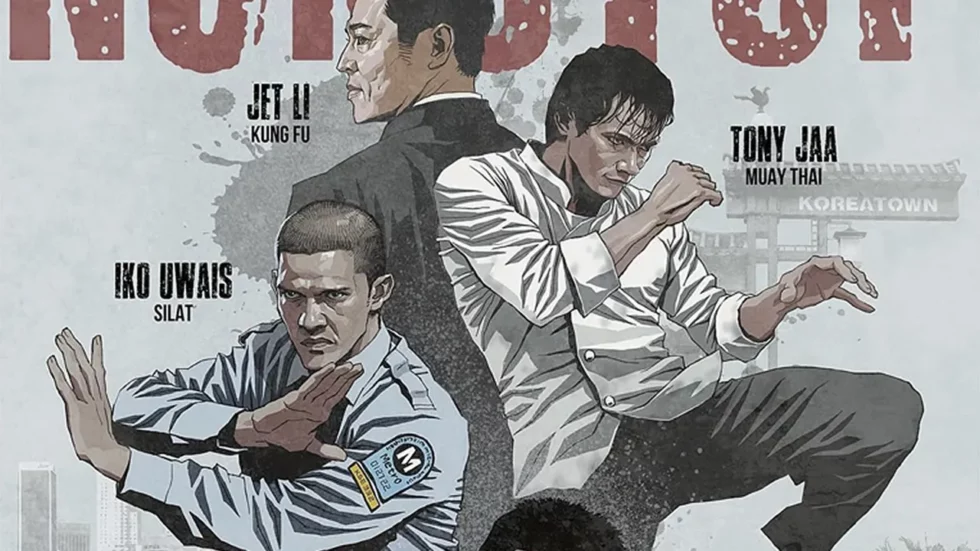
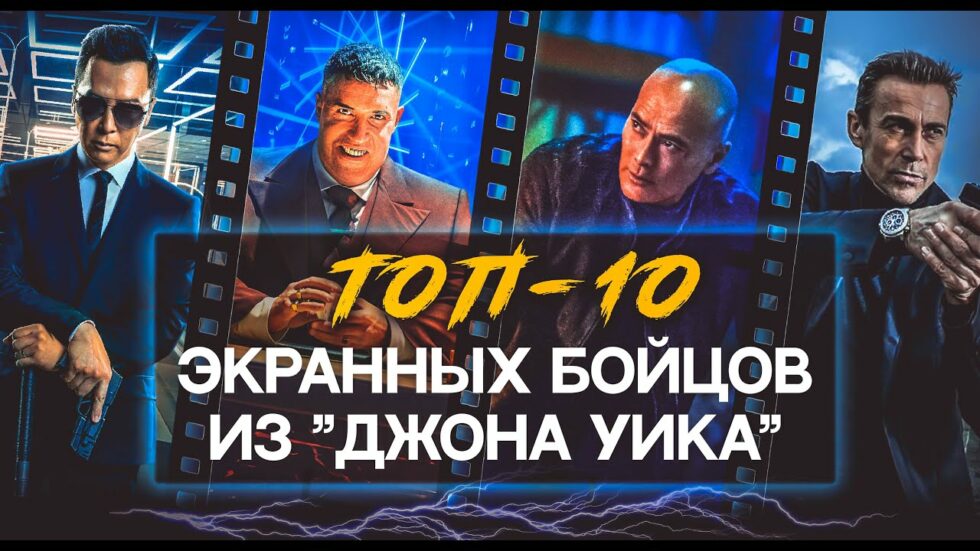
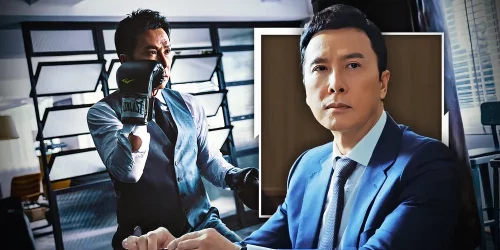
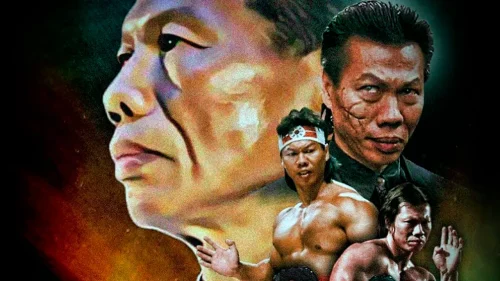
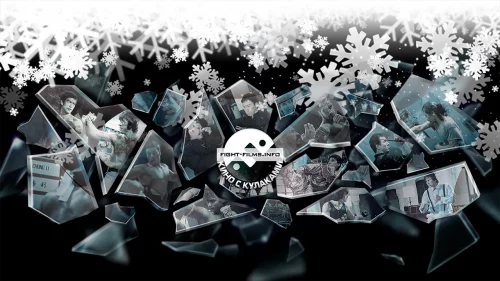
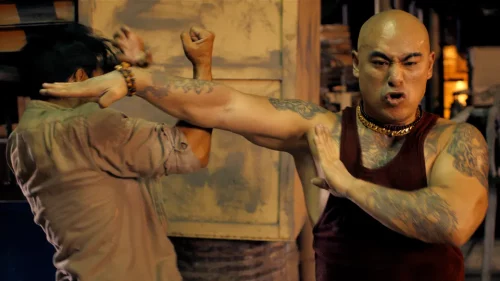
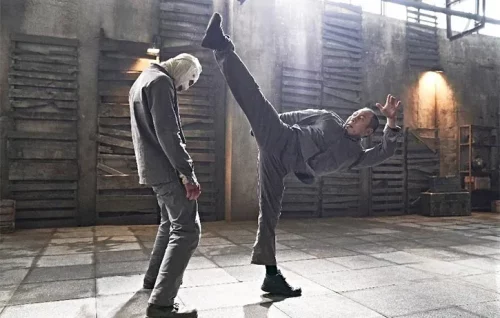
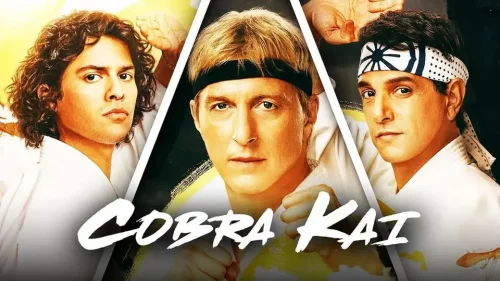
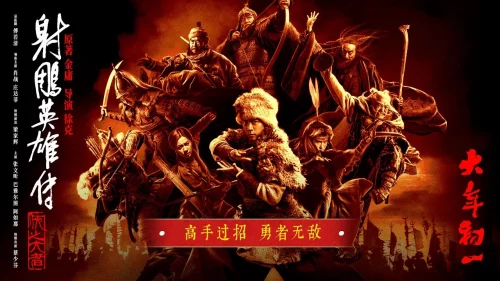
Добавил видео в публикацию. Призываю всех небезразличных на него отреагировать.
Ох не доверяю я этим редиссерским версиям. Лучше бы оставили все как есть . Сюжет , конечно, штамп на штампе, но Дакаскос великолепен. Всякий раз не могу сдержать скупую мужскую слезу на финальном эпизоде.
Надо бы пересмотреть фильм чтоб потом можно было сравнить...